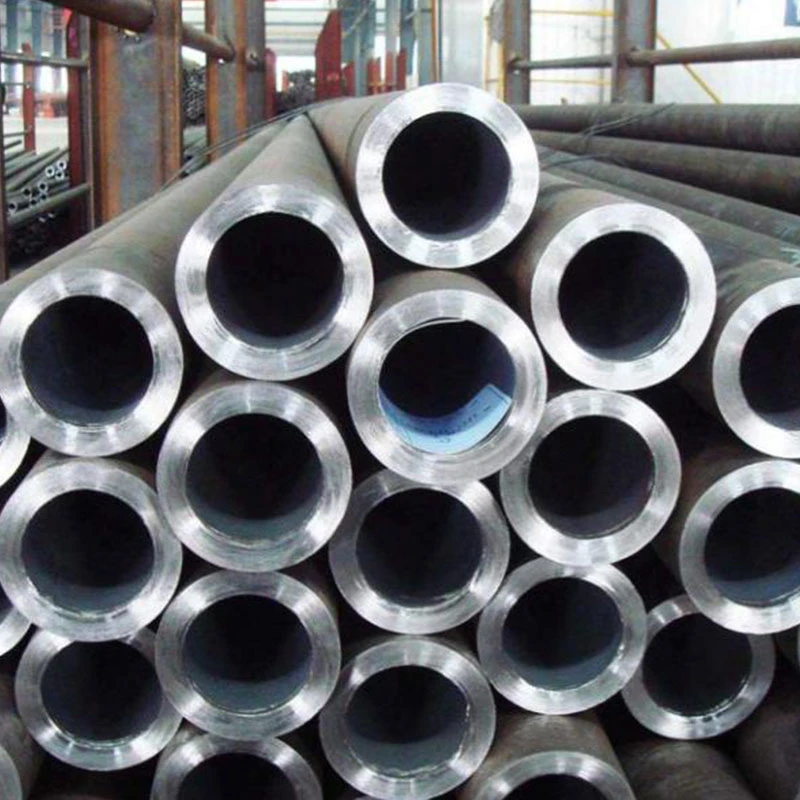-
Cangzhou Yulong Steel Co., Ltd.
-
Phone:
+86 13303177267 -
Email:
admin@ylsteelfittings.com
- English
- Arabic
- Italian
- Spanish
- Portuguese
- German
- kazakh
- Persian
- Greek
- French
- Russian
- Polish
- Thai
- Indonesian
- Vietnamese
- Zulu
- Korean
- Uzbek
- Hindi
- Serbian
- Malay
- Ukrainian
- Gujarati
- Haitian Creole
- hausa
- hawaiian
- Hebrew
- Miao
- Hungarian
- Icelandic
- igbo
- irish
- Japanese
- Javanese
- Kannada
- Khmer
- Rwandese
- Afrikaans
- Albanian
- Amharic
- Armenian
- Azerbaijani
- Basque
- Belarusian
- Bengali
- Bosnian
- Bulgarian
- Catalan
- Cebuano
- China
- China (Taiwan)
- Corsican
- Croatian
- Czech
- Danish
- Esperanto
- Estonian
- Finnish
- Frisian
- Galician
- Georgian
- Kurdish
- Kyrgyz
- Lao
- Latin
- Latvian
- Lithuanian
- Luxembourgish
- Macedonian
- Malgashi
- Malayalam
- Maltese
- Maori
- Marathi
- Mongolian
- Myanmar
- Nepali
- Norwegian
- Norwegian
- Occitan
- Pashto
- Dutch
- Punjabi
- Romanian
- Samoan
- Scottish Gaelic
- Sesotho
- Shona
- Sindhi
- Sinhala
- Slovak
- Slovenian
- Somali
- Sundanese
- Swahili
- Swedish
- Tagalog
- Tajik
- Tamil
- Tatar
- Telugu
- Turkish
- Turkmen
- Urdu
- Uighur
- Welsh
- Bantu
- Yiddish
- Yoruba

Dec . 11, 2024 10:54 Back to list
Exploring the Features and Specifications of ANSI 150 Flange 4-inch Standard
Understanding ANSI 150 Flanges A Comprehensive Overview
Flanges are an integral component in piping systems, used to connect different segments of pipe, valves, pumps, and other equipment. Among the various specifications of flanges, ANSI 150 flanges play a pivotal role in ensuring seamless connections in many industrial applications.
What is ANSI?
ANSI stands for the American National Standards Institute, which oversees the creation, promulgation, and use of thousands of norms and guidelines that impact businesses in sectors such as manufacturing, technology, and public safety. ANSI standards facilitate compatibility and interoperability among different components and systems, promoting safety and efficiency.
Overview of ANSI 150 Flanges
The 150 in ANSI 150 flanges refers to the pressure class of the flange. ANSI 150 flanges are designed for low-pressure applications, typically capable of handling a maximum pressure of 150 pounds per square inch (psi) at ambient temperature. They are constructed to meet specific dimensions, materials, and performance attributes established by ANSI standards.
ANSI 150 flanges come in various types, including blind flanges, threaded flanges, slip-on flanges, and weld neck flanges. Each type serves a different purpose but maintains standardized dimensions, making them interchangeable in applications that adhere to ANSI specifications.
Material Considerations
ANSI 150 flanges can be made from a variety of materials, including carbon steel, stainless steel, and alloy steel. The choice of material depends on factors such as the type of media being transported, pressure, temperature, and environmental conditions. For instance
flange 4 ansi 150

- Carbon Steel Commonly used for its strength and durability, carbon steel flanges are suitable for general purposes in a range of industries. However, they may not be ideal for corrosive environments. - Stainless Steel Known for its corrosion resistance, stainless steel flanges are favored in chemical processing, food and beverage, and marine applications where hygiene and resistance to rusting are crucial.
Dimensional Standards
The dimensions of ANSI 150 flanges, including bolt hole size, bolt circle diameter, and flange thickness, are standardized to ensure compatibility across different manufacturers. This standardization simplifies the procurement process and minimizes compatibility issues, allowing for efficient maintenance and repairs.
The flange face can come in different types, such as raised face (RF) and flat face (FF), depending on the application needs. The raised face, for example, provides a better sealing area and is commonly used in conjunction with gaskets to prevent leaks.
Applications of ANSI 150 Flanges
ANSI 150 flanges find application in various industries, including oil and gas, water treatment, power generation, and construction. They are particularly common in systems that require less stringent pressure ratings and where the media transported does not pose a significant risk of corrosion or extreme temperature.
Conclusion
In summary, ANSI 150 flanges are a staple in many piping systems due to their standardized dimensions, material versatility, and suitability for low-pressure applications. By adhering to ANSI standards, they promote compatibility and safety across numerous industrial sectors. Understanding the characteristics and applications of ANSI 150 flanges is essential for engineers and maintenance professionals involved in the design and upkeep of piping systems. Given their widespread use, careful selection and installation are critical to ensuring the integrity and efficiency of fluid transport systems.
Latest news
-
ANSI 150P SS304 SO FLANGE
NewsFeb.14,2025
-
ASTM A333GR6 STEEL PIPE
NewsJan.20,2025
-
ANSI B16.5 WELDING NECK FLANGE
NewsJan.15,2026
-
ANSI B16.5 SLIP-ON FLANGE
NewsApr.19,2024
-
SABS 1123 FLANGE
NewsJan.15,2025
-
DIN86044 PLATE FLANGE
NewsApr.19,2024
-
DIN2527 BLIND FLANGE
NewsApr.12,2024
-
JIS B2311 Butt-Welding Fittings LR/SR 45°/90° /180°Seamless/Weld
NewsApr.23,2024











